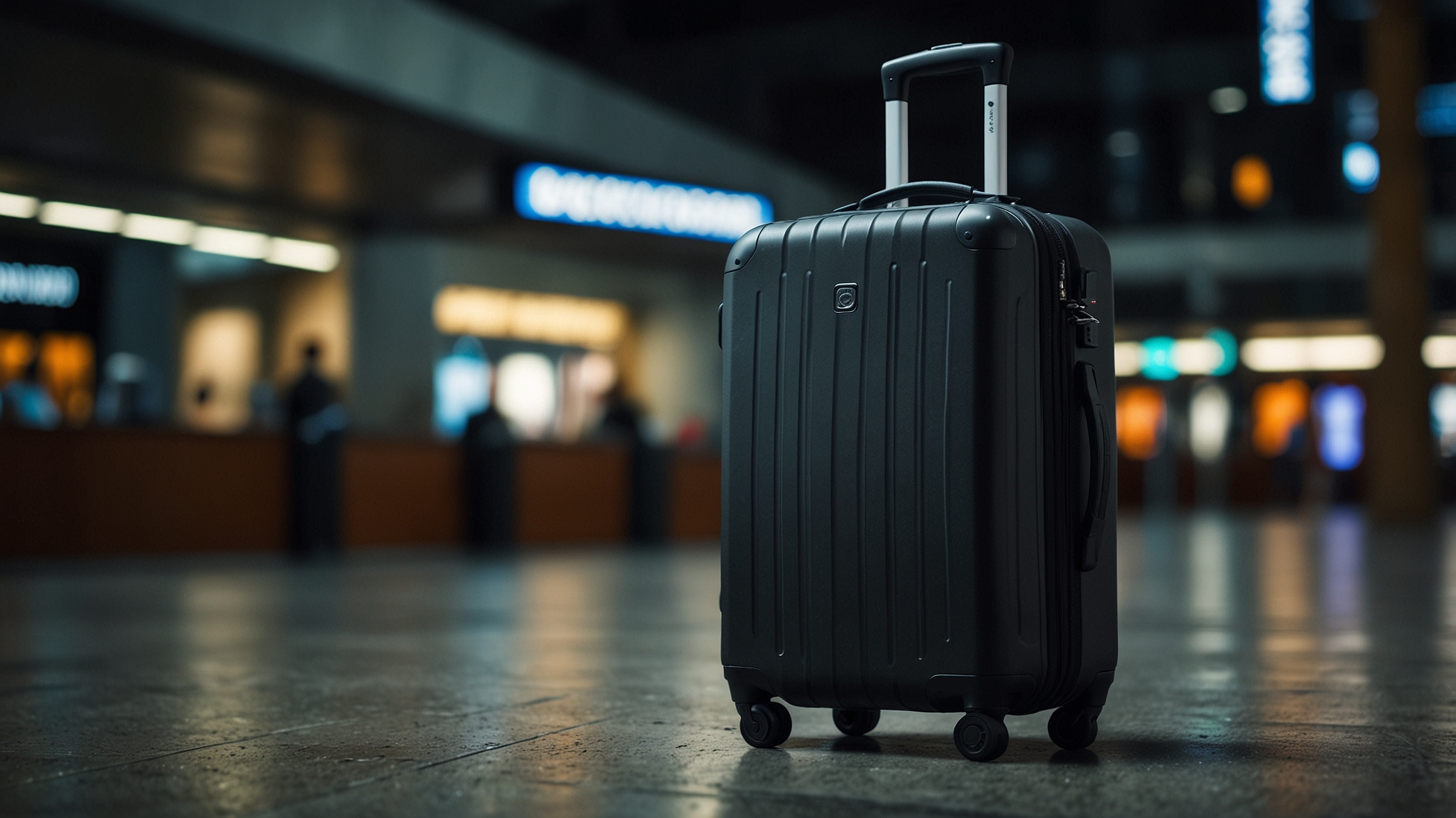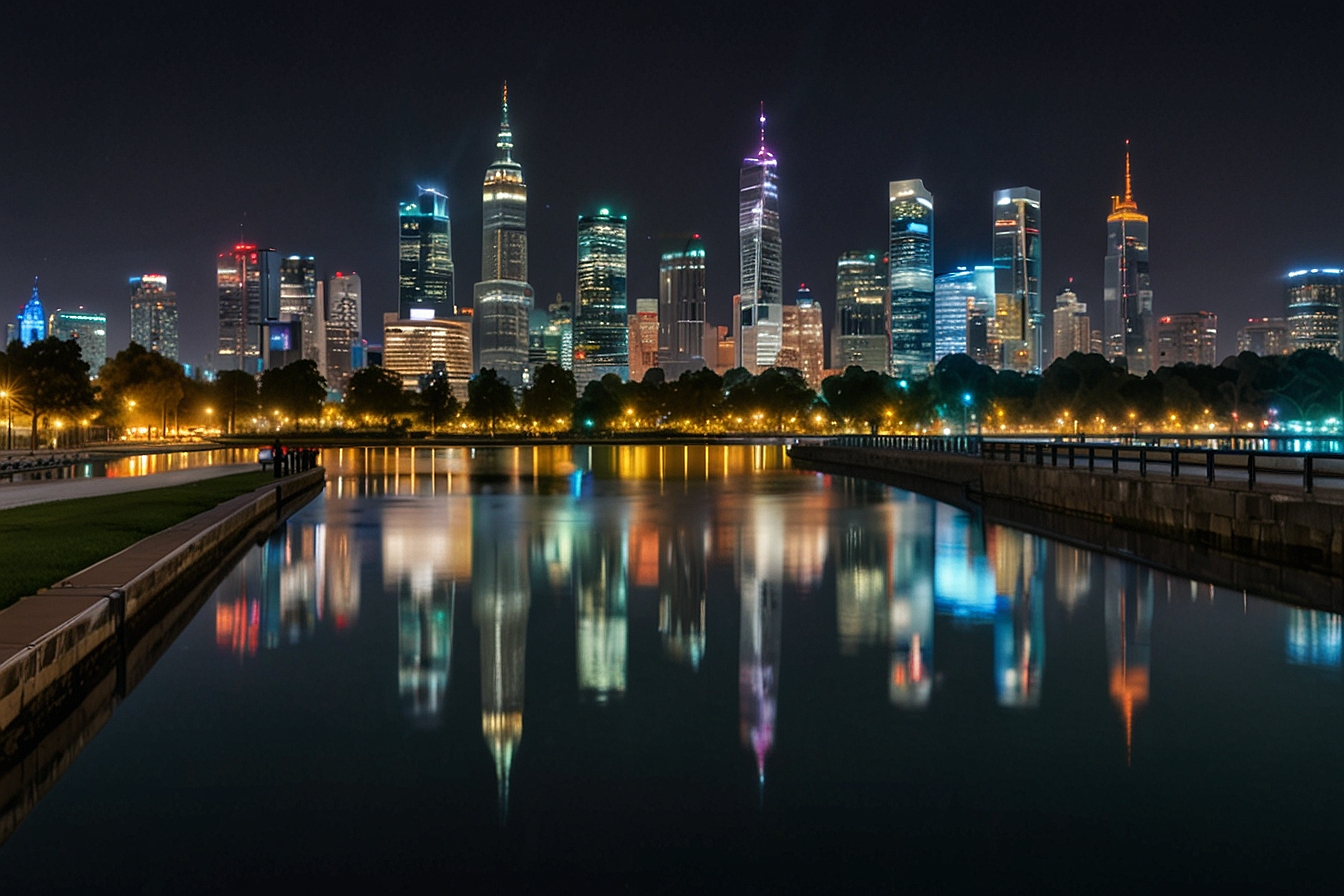In a world where smartphones, smart homes, and smart cars are part of everyday life, it was only a matter of time before travel gear caught up. Smart luggage — suitcases and carry-ons infused with technology — is reshaping the way travelers move around the globe.
From built-in GPS tracking to USB charging ports, these next-gen bags offer convenience, security, and peace of mind. But they’re not all created equal. Here’s a look at some of the leading smart luggage options, along with their pros and cons to help you pack smarter, not harder.
1. Away “The Bigger Carry-On with Pocket”
Stylish, Sturdy, and Tech-Enhanced
Away is known for its minimal design and practical features, and this model brings it all together with a hidden ejectable battery that lets you charge your devices on the go.
Pros:
- Ejectable USB charger compliant with airline regulations
- Durable polycarbonate shell resists dents and scratches
- Front pocket for easy laptop access
- Smooth, 360-degree spinner wheels
Cons:
- Heavier than some non-tech carry-ons
- Limited smart features compared to some competitors (no GPS)
Best for:
Style-conscious travelers who want reliable charging without complicated tech.
2. Samsara Smart Aluminum Carry-On
Premium Looks with Smart Alerts
Samsara’s smart carry-on combines a sleek aluminum shell with an impressive set of tech features, including motion alerts and a companion app that notifies you if your bag is opened or moved.
Pros:
- Motion sensors for security notifications
- USB-C charging station
- Flat-top design doubles as a work surface
- Fireproof, recyclable materials
Cons:
- Expensive compared to traditional luggage
- Aluminum surface can show scratches easily
Best for:
Business travelers needing a mobile office and extra security.
3. Bluesmart Series 2 (Discontinued but Still Popular)
The Original Smart Luggage Pioneer
Although Bluesmart ceased operations in 2018 (partly due to battery regulation changes), many travelers still swear by their Series 2 bags, available through secondary markets. It set the gold standard early for smart travel.
Pros:
- Built-in GPS tracking via a mobile app
- Remote locking system
- Integrated weight sensors to avoid overpacking
- Sleek, futuristic design
Cons:
- Limited support and updates due to company closure
- Non-removable battery may be an issue for some airlines
Best for:
Tech enthusiasts and travelers who prioritize tracking features — if you can find one.
4. TUMI Global Locator
Turn Any Bag into Smart Luggage
Not ready to part ways with your favorite traditional suitcase? TUMI’s Global Locator device allows you to add smart tracking to any bag. It combines GPS, Wi-Fi, and Bluetooth to keep tabs on your luggage worldwide.
Pros:
- Works with any brand or type of luggage
- Real-time tracking through a dedicated app
- Flight mode automatically activates during air travel
Cons:
- Requires a separate subscription for global service
- Only adds tracking, no other smart features
Best for:
Frequent travelers who want tracking capabilities without investing in an entirely new suitcase.
5. LEVEL8 Grace Carry-On with USB Port
Affordability Meets Function
For those looking for basic smart features without breaking the bank, the LEVEL8 Grace Carry-On offers a simple USB port for on-the-go charging, sturdy design, and plenty of packing space.
Pros:
- Very affordable compared to luxury brands
- USB port for easy charging (external battery not included)
- Lightweight and durable
- TSA-approved locks
Cons:
- No tracking or sensor capabilities
- More basic construction and fewer premium features
Best for:
Budget travelers who want a smart-lite upgrade.
Final Boarding Call:
Smart luggage is changing not just how we pack, but how we travel. With features like real-time tracking, mobile charging, and even motion alerts, these bags are taking much of the stress out of modern journeys.
Before you buy, consider your travel style: frequent flyers may benefit from high-tech security and tracking, while casual vacationers might prioritize lightweight design and USB convenience. And always check airline policies about smart bags — some carriers require removable batteries.
The future of travel is here — and it’s rolling right beside you.













